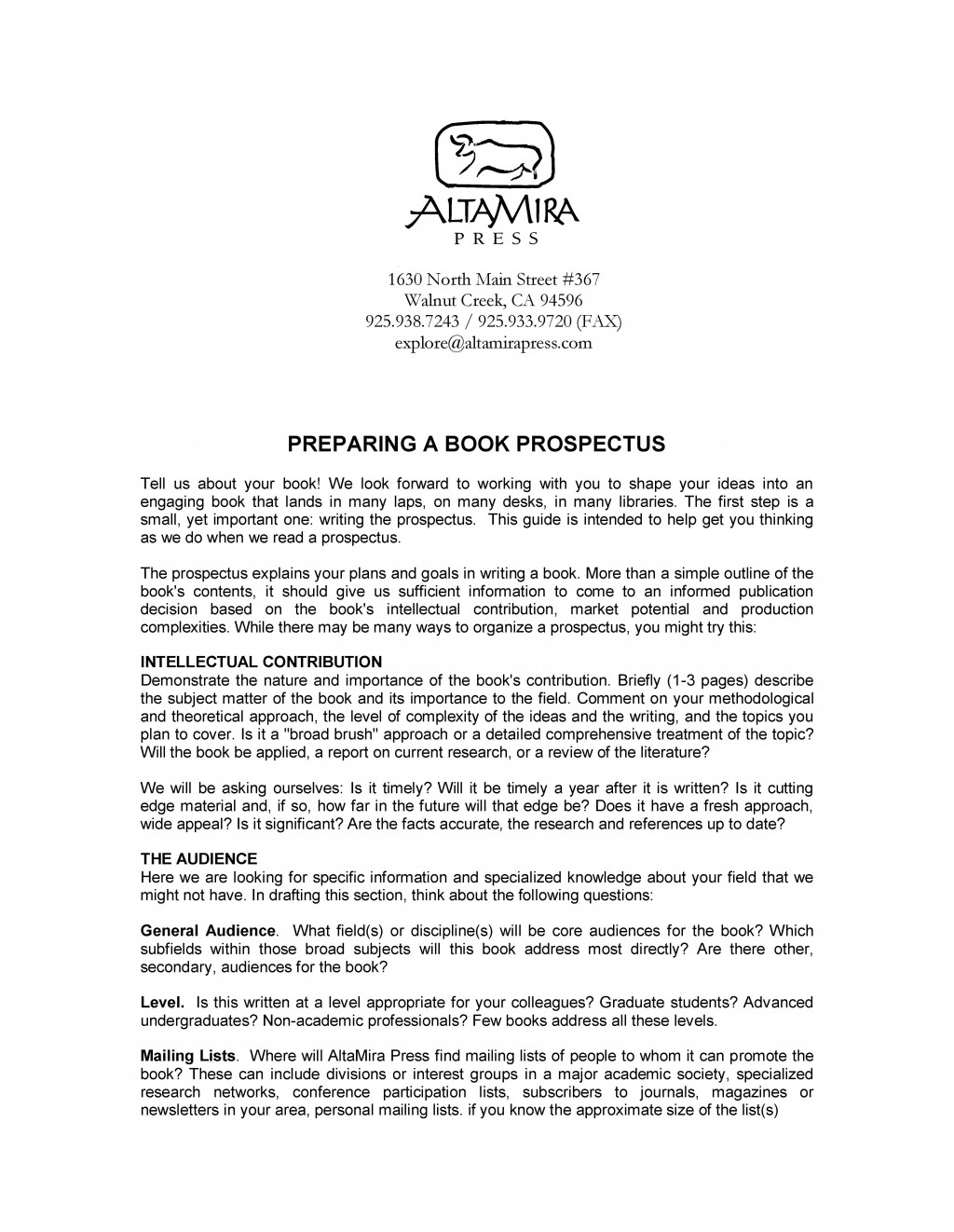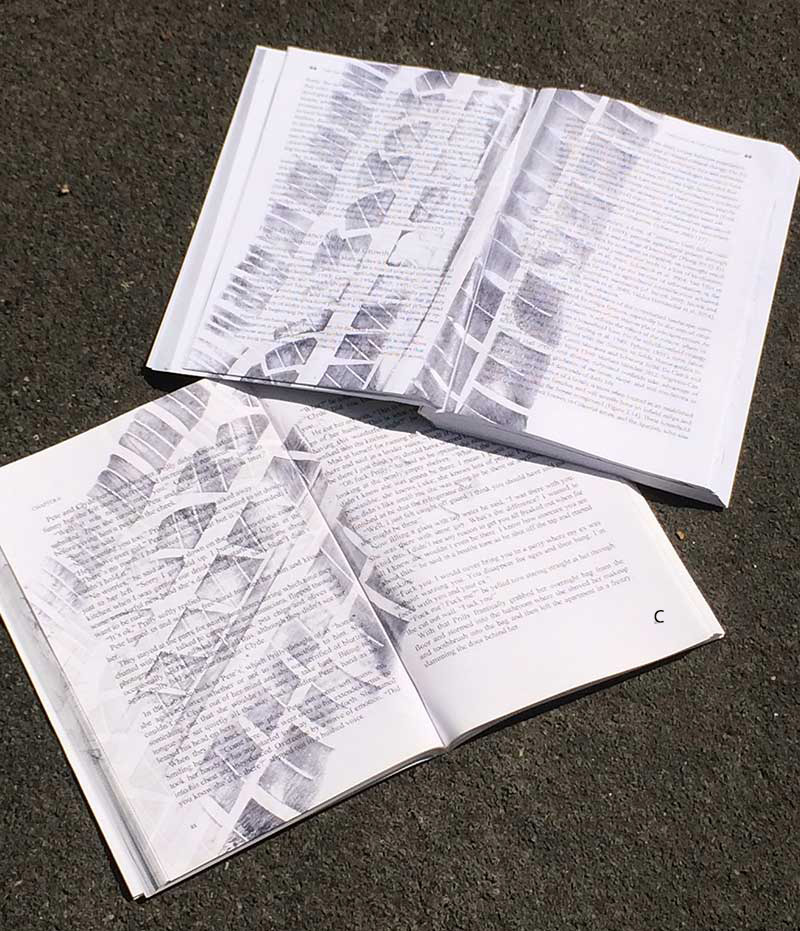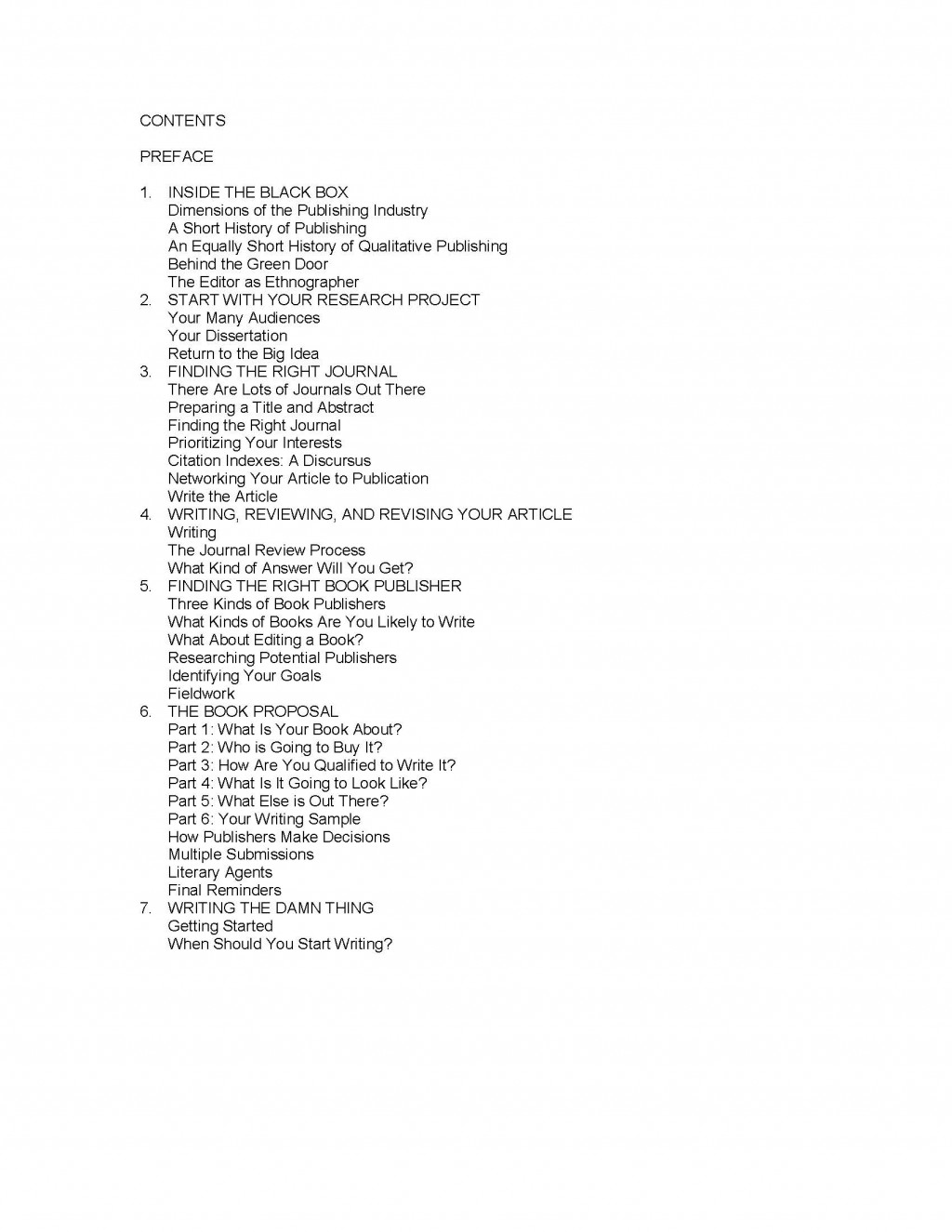


Mitch’s Blog
Step 1: Write the Book Proposal. No, That’s Step 2.
Thursday, April 27, 2017
One of my Facebooks friends recently put out an all points bulletin to send her copies of successful book proposals to help her craft one for her next project. She should have asked for something else instead— the email addresses of acquiring editors at publishers that they knew. That would have been much more useful.
I’ve written about how to get a book accepted at a press before, both in articles and in my book for qualitative researchers. The secret is a simple one—publishing is a socially-driven activity and your ability to engage with the gatekeepers significantly affects your ability to get publish. Thus, that list of publishers and their contact information is really where you want to start.
But to inaugurate a conversation with an acquiring editor about the book you’re trying to write is pretty scary. Better if you have an intermediary. You might have one —someone who has published with that press, someone you know on their editorial board, someone who has reviewed for them. These contacts can also tell you if working with the press was a good experience, what was problematic, and what questions to ask when you get into direct contact with the editor. If this process sounds like field work, you’re not mistaken. That’s your first step. And you should be good at field work.
If you’re bold enough or don’t have an intermediary, email directly to the editor and request an appointment at your next conference. It’s not that bold, editors attend those conferences with the specific goal of checking in with current authors and finding the next round of authors to publish. That could be you.
Why do you want to have this conversation before you start writing the book proposal? Not every publisher is looking for the same things to publish. The more you know about their interests and profile, the better idea you will have of what to put in the book proposal. In most cases, the interested editor will even help you shape the proposal to best meet their needs. After all, the editor usually has to convince someone else in the organization that investing $40,000 on your book is a good idea. The more your proposal is in tune with the pitch she needs to make to her editorial director or publications committee, the easier it is for her to get the proposal approved.
 Or, after your conversation, you may discover that this was the wrong publisher after all. They’re not interested in your work. But editors pay careful attention to their competition, and she might be able to suggest a press that is a better fit, saving you a lot of research. You may also discover that the editor you met is a jerk. Trust me, you really don’t want to have her as your main contact at the press for the many years it will take to write, produce, and market your book. Scratch that press off the list and look elsewhere.
Or, after your conversation, you may discover that this was the wrong publisher after all. They’re not interested in your work. But editors pay careful attention to their competition, and she might be able to suggest a press that is a better fit, saving you a lot of research. You may also discover that the editor you met is a jerk. Trust me, you really don’t want to have her as your main contact at the press for the many years it will take to write, produce, and market your book. Scratch that press off the list and look elsewhere.
What do you tell the editor when you converse? What do you ask? First, you need to be able to speak about the project you’re working on and suggest the direction you envision for a book out of it. Like an elevator pitch, you need a 20 second, a 2 minute, and a 10 minute version of this summary. If the editor shows interest after 20 seconds, you can expand on your ideas. It also gives the editor a starting point to suggest directions that would be most beneficial to her and to her press. When you come to a mutually-agreeable shape for a book, you’re set and know the editor is on board too. If not, you might have at least come away with ideas for other publications from your project and possibly other publishers to submit your book idea to.
With the information gleaned from a direct conversation, you can now write a proposal that you know will likely be of interest to the party you are sending it to. You can even send her a draft with “Is this what you had in mind?” attached and have the editor help you fine tune it so that it best fits the press’s interests as well as your own.
The contents of the proposal is generally straightforward. The press wants to know what the book is about, who will buy it, how you are qualified to write it, a list of comparable books, and the practical details of length and schedule. Every publisher’s website has a set of guidelines to help you produce this information and almost all of them look the same. See California’s, Sage’s, and Routledge’s for examples. Follow the outline of the press you are interested in. Sometimes there will be a specific form to fill out online. Stupid & bureaucratic, but do it their way. Some publishers don’t allow electronic submissions, also dumb if they plan on sending it to peer reviewers, but follow the program.
Keep the proposal brief, no more than 5 or 6 pages. That should cover all the basics. If they ask for your 26 page CV, write a one paragraph summary to include in the proposal and attach the longer document. Same with any other lengthy material they request: include a brief summary in the main proposal and attach the details in a separate file. Some readers may never get to your attachments, so you want the highlights in the main proposal.
What is crucial for you to know is that the proposal will have multiple audiences. This is also the hardest thing about writing a book proposal.
The first audience will be the editor and her colleagues. You have to convince her that the spellbinding description of your project over coffee at the convention center in Chicago is matched with good writing and organized thinking. And that editor (BS, mechanical engineering, Cal Poly Pomona, or maybe BA, Italian literature, Occidental College) likely had no background in your field before she was assigned to acquire books in it. That was certainly my experience: an archaeologist who spent the first half of his career signing books in sociology, crimin ology, family studies, gerontology, and research methods. She will be showing the proposal to other non-specialists, maybe her marketing director (hypothetically BA, marketing, U Southern California) and editorial director (MA, organizational behavior, University of Phoenix). Because these non-specialists will ultimately decide whether to publish your book, make sure your writing provides enough context and is non-technical enough to appeal to them.
ology, family studies, gerontology, and research methods. She will be showing the proposal to other non-specialists, maybe her marketing director (hypothetically BA, marketing, U Southern California) and editorial director (MA, organizational behavior, University of Phoenix). Because these non-specialists will ultimately decide whether to publish your book, make sure your writing provides enough context and is non-technical enough to appeal to them.
The editor is also likely to send it for peer review to people who are in your field, and who will want to pick apart every detail of your work. So while the proposal must be dummied down for a non-specialist, it also has to be informative enough to the specialist that they will understand your project and its place in the literature in your field.
That is the ultimate test of a good writer, writing for both a specialized and non-specialized audience. But if you want to write a book, you should be able to do this.
How do you tackle the various sections of the book proposal? That will be the subject of the next blog post.
© Scholarly Roadside Service
Back to Scholarly Roadkill Blog
Scholarly Roadside Service
ABOUT
Who We Are
What We Do
SERVICES
Help Getting Your Book Published
Help Getting Published in Journals
Help with Your Academic Writing
Help Scholarly Organizations Who Publish
Help Your Professional Development Through Workshops
Help Academic Organizations with Program Development
CLIENTS
List of Clients
What They Say About Us
RESOURCES
Online Help
Important Links
Fun Stuff About Academic Life


